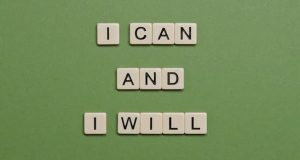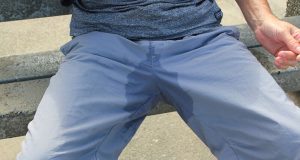By Dr. Virginia Nsitem
Pride Health Columnist
Do you have to lift frequently at your job or at home? Have you experienced an injury to the low back after bending to lift something heavy? This article will discuss low back injuries as a result of lifting activities.
Anatomy of the lower back
The lumbar spine has 5 vertebral bodies (spinal bones), each separated from one another by discs. The discs are made of cartilage and water, and act as “shock absorbers” for the spine and they also help with movement of the spine. The muscles and ligaments in the low back are responsible for holding our posture straight, and helping us to bend, twist, and turn. The spinal nerves exit through spaces between the spinal bones, on either side of the spine.
Lifting with the back
The back is most vulnerable to injury during any lifting activity. Awkward or difficult movements place added stress on the joints and muscles, and can lead to back injury. In addition, maintaining a posture for long periods of time or performing repetitive movements can, overtime, lead to low back pain and injury. Strains are caused when the muscles tear from being overstretched. Sprains are caused when the ligaments that connect the bones are overstretched. Back injuries often involved damage to both the muscles and the joints.
Signs of injury after lifting
Some common symptoms of low back injury include:
- Sudden low back pain that is sharp and sore
- Muscle spasm
- Pain with movement such as walking or standing
- May notice a twisted posture while standing or walking
- Relief with sitting or lying down
What treatments are helpful?
The first step to stopping the pain is getting a proper diagnosis. It is important to see your chiropractor or physician for a full evaluation. You may be referred for follow-up tests such as an x-ray, CT scan, or MRI to determine if there is any damage to the disc or nerve structures in the back.
Your rehabilitation program may include pain control with ice applications, Laser therapy for pain relief and healing, chiropractic adjustments, a specific exercise program (stretches, strengthening, and core exercises), and advice on proper posture and lifting techniques.
Dr. Virginia Nsitem is a chiropractor specializing in laser therapy for muscle, joint, and nerve injuries, and is a Fellow of the Royal College of Chiropractic Sports Sciences in Canada. She may be reached at (905) 275-4993, or by email at totalhealth@bellnet.ca.
 Pride News Canada's Leader In African Canadian & Caribbean News, Views & Lifestyle
Pride News Canada's Leader In African Canadian & Caribbean News, Views & Lifestyle





